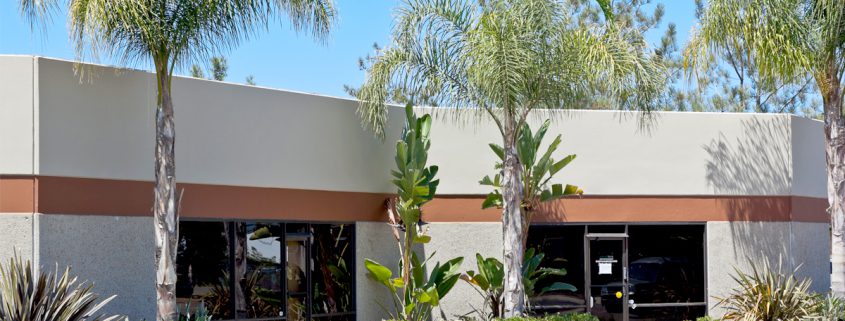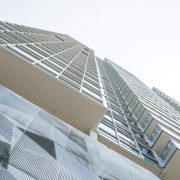Why Are Industrial Property Values Holding Up So Well?
Many of us in the commercial real estate industry were predicting a significant correction in property values in response to the doubling of mortgage interest rates over the past year. When you add runaway inflation, a slowing economy and a regional banking crisis into the mix, it makes such a prediction logical and probable. But despite all that, sales prices are holding up quite nicely for industrial owner/user buildings throughout the San Diego area. Let’s take a look at why that is:
First, it’s important to know why prices rose so sharply and for so long in the first place. Starting back in 2011, the latest real estate up-cycle began and prices have risen consistently since then before topping out late last year. This happened for two main reasons; lack of supply and cheap money.
Let’s talk about supply first. As we headed into the Great Recession in early 2008, industrial vacancy was already relatively low, as the availability of land for ground-up development was scarce and expensive. Most of the new deliveries were concentrated in the southern reaches of the county and were larger warehouse buildings built for cross-border commerce. Vacancy there rose temporarily as new projects came on line during the slowdown, but that space was absorbed once the recovery began in earnest.
Demand throughout the rest of the county has always been for smaller general purpose buildings, very little of which has been built since the 1980’s. Unfortunately, projects designed with smaller building footprints are much more difficult for developers to pencil for a variety of reasons. So, while demand picked up after the worst of the recession was over, there just wasn’t enough space being built around the county to keep up. Vacancy fell to historic lows in response and sales pricing turned north at high speed.
Enter the cheap money component of the equation. The Fed’s aggressive monetary policy moves to reignite the flailing economy supercharged the pricing run-up, as fixed mortgage rates fell into the 2% to 3.5% range and stayed there for more than a decade. In essence, demand was artificially enhanced in a market that was already short on supply. Prices moved up at a double-digit annualized pace, but buyers lined up to compete to be the winning bidder anyway. It was nothing short of crazy. Even a worldwide pandemic couldn’t put the fire out. In some areas, prices have quadrupled since the last down cycle ended and surprisingly they remain at or near that peak today.
How is that possible given the fact that the cost of servicing debt has doubled in just the past year? The answer lies in the fact that supply has gotten even tighter. Many would-be sellers are waiting for the fire to restart, while others who put their properties up for sale at a price above the last sales comp are soon disappointed by the lack of buyer interest. This is especially true for buildings that are older and functional obsolete.
On the other hand, high quality functional buildings are still being sold at or near the peak of late 2022. There are just not enough of them to go around and even though there are fewer active buyer requirements in circulation of late, there’s still enough demand, despite higher borrowing cost, to absorb the trickle of supply that actually makes it to the market. Vacancy has risen slightly in recent quarters, but most of that space is offered for lease only. Sale inventory remains as scarce as it was a year ago.
We don’t know if mortgage rates will move much higher than they are today. May’s SBA 504 loan, the most popular choice for owner/user deals, is at 6.02%, slightly lower than it was earlier in the year. The Fed may or may not be done with its rate hikes and it’s still up in the air as to whether we are heading into another recession. For now, prices are holding, but if buyer demand thins much more, the pressure will be on for sellers who need to dispose of their buildings. Once prices start to fall, buyer expectations for a bargain will increase and a correction would begin in earnest. Thus, existing San Diego owner/users who had plans to sell in the next several years, will probably fare better by doing so sooner rather than later, as it is more likely that prices will move lower rather than higher in the near term.









